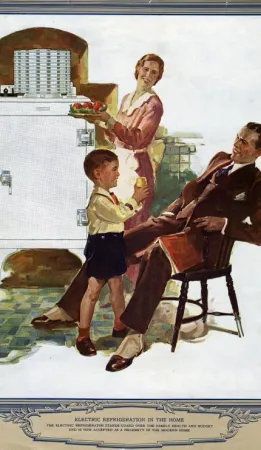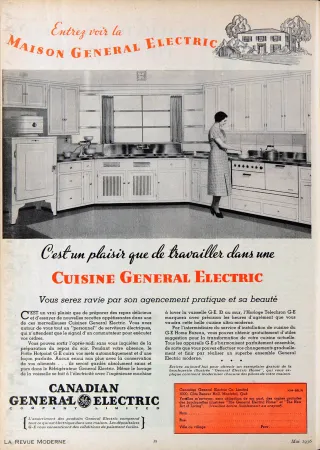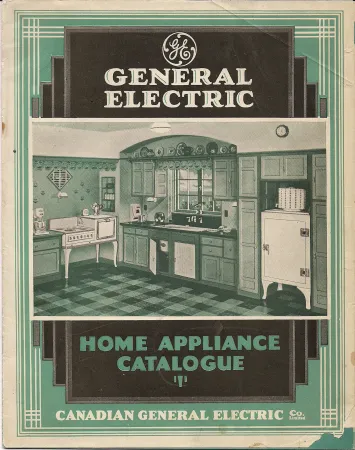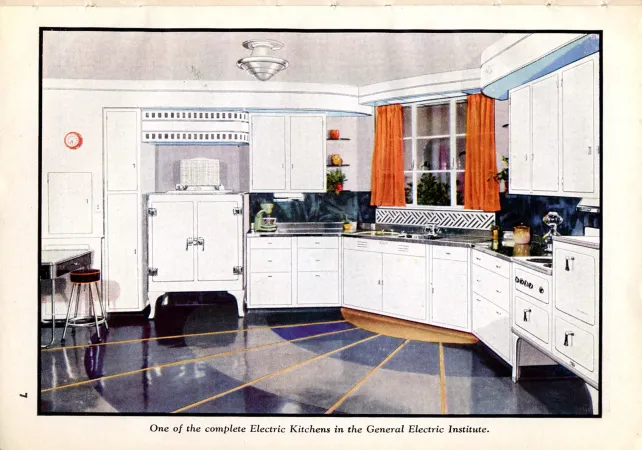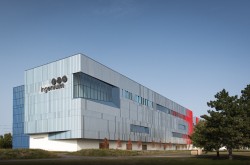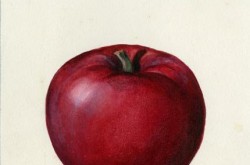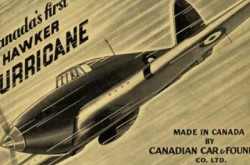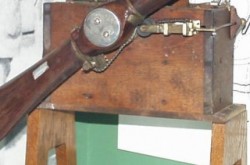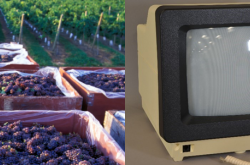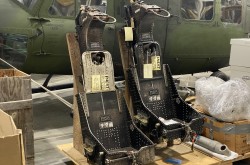Canadian General Electric Monitor-Top Refrigerator
This article was originally written and submitted as part of a Canada 150 Project, the Innovation Storybook, to crowdsource stories of Canadian innovation with partners across Canada. The content has since been migrated to Ingenium’s Channel, a digital hub featuring curated content related to science, technology and innovation.
Electric refrigerators changed the way Canadians stored, prepared, and consumed food.
Before electric refrigerators, Canadians used root cellars and ice-boxes to preserve their food. In the 1920s, domestic electric refrigerators, or fridges, came onto the market as electrical distribution networks spread across Canada. Fridges used exposed belt-driven compressors to cool food, and resembled ice-boxes in their design; they were also expensive and noisy.
Canadian General Electric, a subsidiary of American manufacturer General Electric (GE), introduced the first refrigerator with a sealed refrigeration unit in 1927.
The “Monitor”: top-mounted compressor
This refrigerator dates from 1930 and features a top-mounted compressor, called a monitor after its resemblance to the turret on the ironclad warship the USS Monitor. The fridge’s all-steel construction and porcelain interior appealed to consumers, but homemakers disliked the monitor compressor. It was hard to clean and prevented use of the refrigerator’s top for storage, which was why manufacturers later replaced monitor-style refrigerators with more streamlined designs.
Despite its flaws, this refrigerator marked an important shift in production and consumption: manufacturers such as GE began to produce electrical goods for middle-class consumers, marketing appliances in terms of convenience, cleanliness, and modernity.
The Mark of the Modern Home
Canadians, depending on their incomes and location, accepted electrical appliances as labour-saving devices, buying into the notion that the electric kitchen was the mark of a modern home. Refrigerators did not became standard equipment in Canadian kitchens until after the Second World War. Increasing wages and lower appliance prices made refrigerators more affordable; by 1960, 90 percent of Canadian homes contained one.



